|
Voyager 1 is still alive out there, barreling into the cosmos more than 15 billion miles away. However, a computer problem has kept the mission's loyal support team in Southern California from knowing much more about the status of one of NASA's longest-lived spacecraft. The computer glitch cropped up on November 14, and it affected Voyager 1's ability to send back telemetry data, such as measurements from the spacecraft's science instruments or basic engineering information about how the probe was doing. So, there's no insight into key parameters regarding the craft's propulsion, power, or control systems. "It would be the biggest miracle if we get it back. We certainly haven't given up," said Suzanne Dodd, Voyager project manager at NASA's Jet Propulsion Laboratory, in an interview with Ars. "There are other things we can try. But this is, by far, the most serious since I’ve been project manager." Dodd became the project manager for NASA's Voyager mission in 2010, overseeing a small cadre of engineers responsible for humanity's exploration into interstellar space. Voyager 1 is the most distant spacecraft ever, speeding away from the Sun at 38,000 mph (17 kilometers per second). Voyager 2, which launched 16 days before Voyager 1 in 1977, isn't quite as far away. It took a more leisurely route through the Solar System, flying past Jupiter, Saturn, Uranus, and Neptune, while Voyager 1 picked up speed during an encounter with Saturn to overtake its sister spacecraft. For the last couple of decades, NASA has devoted Voyager's instruments to studying cosmic rays, the magnetic field, and the plasma environment in interstellar space. They're not taking pictures anymore. Both probes have traveled beyond the heliopause, where the flow of particles emanating from the Sun runs into the interstellar medium. There are no other operational spacecraft currently exploring interstellar space. NASA's New Horizons probe, which flew past Pluto in 2015, is on track to reach interstellar space in the 2040s. State-of-the-art 50 years agoThe latest problem with Voyager 1 lies in the probe's Flight Data Subsystem (FDS), one of three computers on the spacecraft working alongside a command-and-control central computer and another device overseeing attitude control and pointing. The FDS is responsible for collecting science and engineering data from the spacecraft's network of sensors and then combining the information into a single data package in binary code—a series of ones and zeros. A separate component called the Telemetry Modulation Unit actually sends the data package back to Earth through Voyager's 12-foot (3.7-meter) dish antenna. In November, the data packages transmitted by Voyager 1 manifested a repeating pattern of ones and zeros as if it were stuck, according to NASA. Dodd said engineers at JPL have spent the better part of three months trying to diagnose the cause of the problem. She said the engineering team is "99.9 percent sure" the problem originated in the FDS, which appears to be having trouble "frame syncing" data. So far, the ground team believes the most likely explanation for the problem is a bit of corrupted memory in the FDS. However, because of the computer hangup, engineers lack detailed data from Voyager 1 that might lead them to the root of the issue. "It's likely somewhere in the FDS memory," Dodd said. "A bit got flipped or corrupted. But without the telemetry, we can't see where that FDS memory corruption is." When it was developed five decades ago, Voyager's Flight Data Subsystem was an innovation in computing. It was the first computer on a spacecraft to make use of volatile memory. Each Voyager spacecraft launched with two FDS computers, but Voyager 1's backup FDS failed in 1981, according to Dodd. The only signal Voyager 1's Earthbound engineers have received since November is a carrier tone, which basically tells the team the spacecraft is still alive. There's no indication of any other major problems. Changes in the carrier signal's modulation indicate Voyager 1 is receiving commands uplinked from Earth. "Unfortunately, we haven't cracked the nut yet, or solved the problem, or gotten any telemetry back," Dodd said. Breaking out the bindersIn the next few weeks, Voyager's ground team plans to transmit commands for Voyager 1 to try to isolate where the suspected corrupted memory lies within the FDS computer. One of the ideas involves switching the computer to operate in different modes, such as the operating parameters the FDS used when Voyager 1 was flying by Jupiter and Saturn in 1979 and 1980. The hope among Voyager engineers is that the transition to different data modes might reveal what part of the FDS memory needs a correction. This is a lot more complicated than it might seem on the surface. For one thing, the data modes engineers might command Voyager 1 into haven't been used for 40 years or more. Nobody has thought about doing this with Voyager's flight data computer for decades. Voyager 1 and 2 have an outsized public profile compared to the resources NASA commits to keeping the spacecraft going. Fewer than a dozen people typically work on the Voyager mission. This number has slightly increased since the computer problem appeared in November, with a small "tiger team" of around eight experts in flight data systems, software, and spacecraft communications assigned to help troubleshoot the glitch. "Not to be morose, but a lot of Voyager people are dead," Dodd said. "So the people that built the spacecraft are not alive anymore. We do have a reasonably good set of documentation, but a lot of it is in paper, so you do this archaeology dig to get documents." Imagine rummaging through a user's manual for an antique car. The book's weathered pages are probably fraying. That's not unlike what Voyager engineers, some of whom weren't alive when the mission launched, are experiencing now. "We have sheets and sheets of schematics that are paper, that are all yellowed on the corners, and all signed in 1974," Dodd said. "They’re pinned up on the walls and people are looking at them. That's a whole story in itself, just how to get to the information you need to be able to talk about the commanding decisions or what the problem might be." This is a familiar task for Voyager engineers. In the last few years, the mission's core team at JPL has consulted archived documents to troubleshoot other, less serious computer problems and develop a new way to operate thrusters on both spacecraft to stave off the accumulation of residue in fuel lines.
While spacecraft engineers love redundancy, they no longer have the luxury of backups on the Voyagers. That means, in any particular section of the spacecraft, a failure of a single part could bring the mission to a halt. Both spacecraft run off nuclear batteries, which produce a little less electricity each year as their plutonium power sources decay. Toward the end of the 2020s, the declining power will force NASA to start turning off instruments on each spacecraft. Most of NASA's modern missions exploring the Solar System have simulators on the ground to test commands and procedures before sending them to the real spacecraft. This practice can reveal commanding errors that could put a mission at risk. “It is difficult to command Voyager," Dodd said. "We don't have any type of simulator for this. We don't have any hardware simulator. We don't have any software simulator... There's no simulator with the FDS, no hardware where we can try it on the ground first before we send it. So that makes people more cautious, and it's a balance between getting commanding right and taking risks." Managers are also aware of Voyager 1's age. It's operating on borrowed time. "So we don't want to spend forever deciding what we want to do," Dodd said. "Something else might fail. The thrusters might fail. We want to do the right thing, but we can't hem and haw over what the right thing is. We need to look at things methodically and logically, and make a decision and go for it." When it comes time to send up more commands to try to save Voyager 1, operators at JPL will have to wait more than 45 hours to get a response. The spacecraft's vast distance and position in the southern sky require NASA to use the largest 230-foot (70-meter) antenna at a Deep Space Network tracking site in Australia, one of the network's most in-demand antennas. "The data rates are very low, and this anomaly causes us not to have any telemetry," Dodd said. "We're kind of shooting in the blind a little bit because we don't know what the status of the spacecraft is completely."
0 Comments
The F-15 twin-engine, high-performance, all-weather air superiority fighter became operational in November 1974 as the first aircraft in the US Military arsenal that could accelerate in a vertical climb. It was also the airplane that outpaced the Saturn V moon rocket when climbing to an altitude of 100,000 feet (just over 30,000 meters). After they got their hands on the first batch of combat-ready F-15s in late 1974, the top hats of the United States Air Force realized that the fastest PR stunt the new fighter could pull would be to smash aviation records. By January 1975 – less than two months after its commissioning – the aircraft was dropping previous world records like bowling pins. The major race was not against its predecessor, the F-4 Phantom, but aimed at the perennial cold-war rival, the Soviet Union. Specifically, the MiG-25 Foxbat - the 3.2-Mach capable fighter developed to hunt down the legendary SR-71 Blackbird. The Soviet warplane was considered a severe threat to the best U.S. fighters of the era, and the F-15 was updated to match the MiG. However, without a direct, head-to-head confrontation, the next best tool to assess the newly launched ‘Strike Eagle’ was to set new records that would be recognized worldwide, regardless of politics. And so, the race was on to its next round: time-to-altitude climb. USAF and McDonnell Douglas put on quite a show with a specially modified F-15 – named ‘Streak Eagle’ which broke five world records in one day and eight over two weeks and three days. Three USAF pilots were designated to reclaim the crown for the U.S. between January 16 and February 1, 1975, over Grand Forks Air Force Base in North Dakota. They took turns in the cockpit of the modified airplane and blasted through previous achievements at supersonic speeds and on full afterburner. The aircraft was essentially a stripped-down preproduction version of the combat airplane. All unnecessary deadweight was removed – including the paint, 20-mm Vulcan rotary cannon and ammo, radars, radios, and other non-essentials. A pitot boom was fitted to the nose, and high-accuracy instruments were installed for precise speed and acceleration measurements. Thanks to its thrust-to-weight ratio of nearly 1.5:1, the specially-prepped F-15 would set eight records during the 17 days of testing. On January 16, the five F-4-Phantom II records fell during three attempts made by the F-15. The ‘Time to 3,000 m (9,843 feet)’ was improved by Major Roger Smith by a 20% margin, from 34.52 seconds to 27.57 seconds. A hold-back system was fitted to the Streak Eagle, which then accelerated to full throttle before being released. The short takeoff distance of 400 m (1,220 feet) left very little time for the pilot to retract the landing gear before pulling a 5G vertical climb. Due to this detail, several attempts were aborted as the aircraft neared the never-exceed speed for the landing gear and had to slow down, compromising the trial. However, the pilot eventually got the hang of it and smashed the standing record. A second flight that same day broke three records, with Major Willard Macfarlane at the stick. ‘Time to 6,000 m, 9,000 m, and 12,000 m’ (19,685 ft, (29,528 ft, and 39,370 ft)’ were simply obliterated by the Streak Eagle’s fast ascend. The old world bests were 48.79 seconds, 61.68 seconds, and 77.14 seconds. The F-15 did it in 39.33 s, 48.86 s, and 59.38s. In the afternoon, the plane took off one last time for the day, going for the 15,000-meter ceiling (49,212 ft), shaving 37 seconds (or 33%) off the old 114.50 seconds. The twin-engine fighter hit the mark in 77.02 seconds, around 10 seconds quicker than the Saturn V Moon rocket. See the video attached for a detailed and accurate report of the events. Having taken the crown from the aging F-4, the new kid on the block put the Soviet fighter in its sights and floored it. Or, better yet, 'ceiling’ed' it since the next thresholds lay at or beyond 20,000 m overhead. On January 19, Roger Smith aced the ‘Time to 20,000 m (65,617 ft)’ flight, seeing the MiG-25’s 169.80 seconds and raising the Eagle’s 122.94-second performance. Seven days later, Major Dave Peterson put on the high-pressure suit (all attempts above 15,000 m / 50,000 feet required this special equipment) and dropped below the three-minute mark in the high-speed, high-altitude record. In 1974, the Soviet aircraft hit the required level in 192.60 seconds (three minutes and twelve seconds), while the Eagle managed a 161.02-second performance (two minutes and forty-one seconds). Finally, on February 1, 1975, the man who first clubbed previous records, Major Roger Smith, got in the cockpit one last time and aimed for the absolute win: ‘Time to 30,000 m (98,425 ft).’ The F-15 outpaced the MiG-25 by over half a minute, scoring 207.80 seconds, compared to the MiG’s 243.86 seconds. Maj. Smith shut down the twin jets after smashing the record to protect the engines from overheating and suffering irreparable damage. Due to its 2.2-Mach momentum, the Streak Eagle continued on a ballistic trajectory, coasting silently until it hit 103,000 ft (33,792 meters). The extremely thin atmosphere wasn’t absorbing the engines’ heat quickly enough, so the plane – essentially a glider flying at just 55 knots (63 miles per hour, 102 kilometers per hour) – was moving solely on inertia. The pilot pushed over into a 55-degree dive until the plane reached a safe altitude of 55,000 feet (16,764 meters). Major Smith reignited the engines, and the F-15 Streak Eagle safely returned to land at Grand Forks. The record-setting F-15 was an early version of the standard fighter, 63 feet, 9.0 inches (19.4 meters) long, with a wingspan of 42 feet, 9.7 inches (13 meters), and 18 feet, 5.4 inches (5.6 meters) long. A regular F-15 had an empty weight of 25,870 lbs (11,734 kilograms) and a maximum takeoff weight (MTOW) of 44,497 lbs (20,184 kilograms). However, the Streak Eagle was 1,800 lbs (817 kg) lighter than a production F-15A. Furthermore, its twin jets were given only the strict amount of fuel necessary to carry the record-breaking attempts. The two Pratt&Whitney afterburning turbofan engines have a Maximum Continuous Power rating of 12,410 lb of thrust (55.2 kilonewtons), a 14,690-lb (65.34 kN) 30-minute limit, and a peak 23,840-lb (106 kN) 5-minute limit. An F-15A Eagle can cruise at 502 knots (578 mph / 930 kph hour), with a top speed of 893 knots (1,028 mph / 1,654 kph) at 10,000 feet (3,048 meters). The supersonic jet can hit 1,434 knots (1,650 mph / 2,656 kph) at 45,000 feet (13,716 meters), and its operational ceiling is 63,050 feet (19,218 meters) at max thrust. The regular F-15s had a thrust-to-weight ratio of 1.15:1, enabling them to climb at 67,250 feet per minute (342 meters per second) from sea level. The record-setting F-15 Streak Eagle was donated to the National Museum of the U.S. Air Force in 1980 and put on outside display. A coat of camouflage grey paint was sprayed on the historic plane to protect its bare-metal body. The fighter wore the famous livery for over four decades, but it has been recently restored to its correct exposed aluminum finish. It is currently in storage in a hangar at the Museum. Update for 11:30 a.m. EST on Jan. 21: NASA announced on Saturday evening (Jan. 20) that it has reestablished contact with Ingenuity after instructing the Perseverance rover "to perform long-duration listening sessions for Ingenuity’s signal." The mission team is working to determine what caused the communications dropout during Flight 72. NASA's Ingenuity Mars helicopter has gone incommunicado. Ingenuity's handlers lost contact with the 4-pound (1.8 kilograms) chopper on Thursday (Jan. 18), toward the end of its 72nd flight on Mars. "Data Ingenuity sent to the Perseverance rover (which acts as a relay between the helicopter and Earth) during the flight indicates it successfully climbed to its assigned maximum altitude of 40 feet (12 meters)," NASA officials wrote in an update on Friday (Jan. 19). "During its planned descent, communications between the helicopter and rover terminated early, prior to touchdown," they added. "The Ingenuity team is analyzing available data and considering next steps to reestablish communications with the helicopter." Ingenuity and Perseverance landed together in February 2021 on the floor of the 28-mile-wide (45 kilometers) Jezero Crater, which harbored a big lake and a river delta billions of years ago.
Perseverance is hunting for evidence of past Mars life and collecting samples for future return to Earth. Ingenuity is serving as a scout for the car-sized rover, on an extended mission that NASA granted after the little chopper aced its original five-flight technology-demonstrating campaign in the spring of 2021. It might be time for Perseverance to return the favor and help its little robotic cousin out. "Perseverance is currently out of line-of-sight with Ingenuity, but the team could consider driving closer for a visual inspection," NASA's Jet Propulsion Laboratory in Southern California, which manages both robots' missions, said via X on Friday. Ingenuity has stayed aloft for more than 128 minutes and covered a total of 11 miles (17.7 kilometers) during its 72 Mars flights, according to the mission's flight log. It's unclear at the moment if those numbers will continue to go up. We'll have to wait and see if Ingenuity's handlers can get back in touch with the pioneering chopper, the first vehicle ever to explore the skies of a world beyond Earth. The Federal Aviation Administration (FAA) will keep the beleaguered Boeing 737-9 Max planes grounded until it approves the aircraft manufacturer’s inspection and maintenance process.
The FAA said the planes will remain grounded until it approves an “extensive and rigorous inspection and maintenance process.” The agency said it currently needs “additional data” from Boeing after reviewing the company’s proposed inspection instructions. “We are working to make sure nothing like this happens again,” FAA Administrator Mike Whitaker said in a statement. “Our only concern is the safety of American travelers and the Boeing 737-9 MAX will not return to the skies until we are entirely satisfied it is safe.” As part of the initial inspections of their respective 737-9 Max fleets, both Alaska and United Airlines found loose bolts and hardware. Both airlines have canceled hundreds of flights since the incident. United told Travel + Leisure the airline typically schedules about 200 flights per day on the Max 9, while Boeing-related cancellations for Alaska could affect as many as 150 flights per day. The planes were initially grounded after an Alaska Airlines 737-9 MAX aircraft suffered a dramatic mid-air blowout of a plug door panel on a flight from Portland, Oregon, to Ontario, California, on Jan. 5. Prior to the incident, the aircraft had reportedly been restricted from flying to Hawaii after a warning light possibly indicating a pressurization problem had lit up on three different flights. "It is time to re-examine the delegation of authority and assess any associated safety risks," Whitaker said in an additional statement. "The grounding of the 737-9 and the multiple production-related issues identified in recent years require us to look at every option to reduce risk. The FAA is exploring the use of an independent third party to oversee Boeing’s inspections and its quality system." Alaska welcomed the decision in a statement and said the carrier would “enhance our own quality oversight of Alaska aircraft on the Boeing production line.” The Peregrine spacecraft — which launched last week on the first US mission to aim for a moon landing in over 50 years — is headed back toward Earth and expected to make a fiery reentry after a critical fuel leak dashed its lunar ambitions. The failed moon landing attempt is a setback for NASA’s Commercial Lunar Payload Services, or CLPS, program, which recruits private companies to help the space agency investigate the lunar surface as it aims to return humans to the moon later this decade. Astrobotic Technology, the company that developed the Peregrine lander under a $108 million contract with NASA, revealed Sunday that it made the decision to dispose of the spacecraft by allowing it to disintegrate midair while plunging back toward Earth. “While we believe it is possible for the spacecraft to operate for several more weeks and could potentially have raised the orbit to miss the Earth, we must take into consideration the anomalous state of the propulsion system and utilize the vehicle’s onboard capability to end the mission responsibly and safely,” according to an update posted to the Pittsburgh-based company’s website. “We do not believe Peregrine’s re-entry poses safety risks, and the spacecraft will burn up in Earth’s atmosphere.” The Peregrine vehicle’s impending demise comes after the spacecraft faced challenges while en route to the moon, including an “anomaly” that resulted in its solar-powered battery pointing away from the sun and the fuel leak that left the spacecraft without enough propellant to complete its planned mission to gently touch down on the lunar surface. It’s not yet clear what caused the leak. Astrobotic and NASA are expected to give further updates on the mission during a news conference at 12 p.m. ET on Thursday.
“It is a great honor to witness firsthand the heroic efforts of our mission control team overcoming enormous challenges to recover and operate the spacecraft,” said Astrobotic CEO John Thornton in a Sunday statement. “I look forward to sharing these, and more remarkable stories, after the mission concludes on January 18. This mission has already taught us so much and has given me great confidence that our next mission to the Moon will achieve a soft landing.” Weighing disposal optionsAstrobotic did have other options for disposing of the Peregrine lander. The spacecraft could have been left to the cosmos, destined to spend eternity in the dark expanse. But the company said it decided against that route considering the “risk that our damaged spacecraft could cause a problem.” The Peregrine lander would essentially become a piece of uncontrolled garbage, capable of smashing into other objects in space, such as operational satellites. The company may have also considered allowing the Peregrine vehicle to crash-land on the moon, as many spacecraft have done — intentionally and unintentionally — on lunar missions of years past. When it returns to Earth, the vehicle will be obliterated as it smashes into the planet’s thick atmosphere at high speeds. The company said its decision to bring Peregrine back came after receiving “inputs from the space community and the U.S. Government on the most safe and responsible course of action.” Critical errorsIf Peregrine had reached the moon, it might have become the first US spacecraft to land on the lunar surface since NASA’s Apollo 17 mission in 1972. But the company acknowledged just hours after its spacecraft launched on January 8 that a soft landing on the moon would not be possible. Astrobotic then switched course — aiming to operate the vehicle as a satellite as its tanks were drained. Peregrine’s fuel leak slowed in the days following its launch, leaving the spacecraft with the ability to limp along for thousands of miles. Peregrine mission abandons moon landing attempt after suffering ‘critical’ fuel loss For the vast majority of the mission, the Peregrine lander has been controlled solely by its attitude control thrusters, which are tiny engines mounted to the side of the lander and designed to maintain stability or make precision movements. At one point, the company said it was able to briefly power on one of the spacecraft’s main engines, which are designed to give up to three bursts of power to push the Peregrine lander farther out toward the moon after reaching space. But — because of the fuel leak — long, controlled burns of the main engines were impossible, Astrobotic said. As of Monday, the company said the spacecraft was about 218,000 miles (351,000 kilometers) from Earth. What Peregrine could and couldn’t accomplishAstrobotic was able to power on some of the science instruments and other payloads on board the lander. Two of NASA’s five payloads — the Neutron Spectrometer System and the Linear Energy Transfer Spectrometer — were able to gather data on radiation levels in space, the space agency announced in a January 11 news release. While NASA had hoped to take those measurements on the lunar surface — where it’s planning to return astronauts later this decade — space agency officials indicated the data was still valuable. The Peregrine lander was also able to activate a new sensor, developed by NASA, that was designed to help the spacecraft land on the moon. Called the Navigation Doppler Lidar, it uses lasers and the Doppler effect — which employs wave frequency to measure distance — to make precision navigations. “Measurements and operations of the NASA-provided science instruments on board will provide valuable experience, technical knowledge, and scientific data to future CLPS lunar deliveries,” said Joel Kearns, the deputy associate administrator for exploration with NASA’s Science Mission Directorate, in a statement. But at least one of NASA’s science instruments — the Laser Retroreflector Array — was not able to function. The LRA is a collection of eight prisms embedded in aluminum that can reflect lasers and relay precise locations. NASA engineers designed the array to become a permanent feature on the moon, helping other spacecraft orient their locations. Likewise, an array of other payloads designed specifically to operate on the moon remain trapped aboard the Peregrine lander. They include a rover developed at Carnegie Mellon University and five tiny robots from the Mexican Space Agency that were designed to be catapulted onto the lunar surface. The Peregrine spacecraft is also carrying various mementos, letters and even human remains that customers paid to fly on the mission. The U.S. Air Force's unmanned X-37B space plane has flown four clandestine missions to date, carrying secret payloads on long-duration flights in Earth orbit. The robotic vehicle resembles NASA's famous space shuttle but is much smaller. The X-37B is about 29 feet (8.8 meters) long and 9.5 feet (2.9 m) tall, with a wingspan just less than 15 feet (4.6 m). At launch, it weighs 11,000 lbs. (4,990 kilograms). The X-37B's payload bay (the area in which the cargo is packed) measures 7 feet long by 4 feet wide (2.1 by 1.2 m) — about the size of a pickup truck bed. Just what the X-37B carries in there is unclear, however. Air Force officials generally comment only on the overall goals of the program, stressing that each payload is classified. [Photos: The X-37B Space Plane] "The primary objectives of the X-37B are twofold: reusable spacecraft technologies for America's future in space and operating experiments which can be returned to, and examined, on Earth," states an X-37B fact sheet produced by the Air Force. Like the space shuttle, the solar-powered X-37B space plane launches vertically, with the aid of a rocket, and cruises back to Earth for a runway landing. The diminutive space plane is designed to operate at altitudes ranging from 110 to 500 miles (177 to 805 km). A Brief History of the X-37B
The X-37 program started in 1999 with NASA, which initially planned to construct two vehicles: an Approach and Landing Test Vehicle (ALTV) and an Orbital Vehicle. NASA transferred the project to the U.S. military in 2004 — specifically, the Defense Advanced Research Projects Agency (DARPA). At that point, X-37 became a classified project. DARPA finished the ALTV part of the program in 2006, conducting a series of captive-carry and free-flight tests. NASA's envisioned Orbital Vehicle was never built, but it served as the inspiration for the space plane that came to be called the X-37B. The X-37B program is now run by the Air Force's Rapid Capabilities Office, with mission control for orbital flights based at the 3rd Space Experimentation Squadron at Schriever Air Force Base in Colorado. The space planes are built by Boeing's Phantom Works division. Orbital ExperienceTwo different X-37B vehicles have flown a total of five missions, which are known as OTV-1, OTV-2, OTV-3 and OTV-4 (short for Orbital Test Vehicle). Four flights have reached space with the help of United Launch Alliance's Atlas V rocket. The fifth launched in September 2017 on a SpaceX Falcon 9 rocket. OTV-1 blasted off in April 2010 and stayed aloft for 224 days. OTV-2 stayed in space for more than twice as long, launching in March 2011 and returning to Earth 468 days later, in June 2012. OTV-3, which uses the same vehicle that flew the OTV-1 mission, began on Dec. 11, 2012, and ended 674 days later, in October 2014. The OTV-4 mission marked the second flight for the X-37B that flew OTV-2. OTV-4 began on May 20, 2015, and broke OTV-3's duration record on March 25, 2017. After 718 days in space, the OTV-4 mission ended with a smooth runway landing on May 7, 2017. It was the first X-37B landing at NASA's Shuttle Landing Facility at the Kennedy Space Center in Cape Canaveral, Florida. The three previous missions landed at Vandenberg Air Force Base. The OTV-5 mission launched on Sept. 7, 2017 on SpaceX's Falcon 9 rocket, lifting off from the historic Launch Complex 39A at NASA's Kennedy Space Center (KSC) in Florida. The mission lasted 780 days (another record) carried the Air Force Research Laboratory Advanced Structurally Embedded Thermal Spreader, an experiment designed to "test experimental electronics and oscillating heat pipe technologies in the long-duration space environment," according to an Air Force statement. It also carried several other experiments and small satellites, Air Force officials said. OTV-5 landed on Oct. 27, 2019 at NASA's Shuttle Landing Facility, marking the second time an X-27B has done so. "The X-37 is a technology testbed, and as such, pushing the envelope is the mission," Joan Johnson-Freese, professor of national security affairs at the Naval War College in Newport, R.I., told Space.com, referring to OTV-3. "Endurance is one of several X-37 profile parameters that are being tested, along with others, such as in-flight capabilities and turnaround time for use." All X-37B missions to date have launched from Cape Canaveral Air Force Base in Florida. While the first three touched down at California's Vandenberg Air Force Base, future missions beyond OTV-4 may continue to land at NASA's Kennedy Space Center in Florida, right next door to Cape Canaveral, officials have said. Boeing is using an old NASA space shuttle hangar at KSC to service the X-37B space planes for the U.S. Air Force. Space weapon?The secrecy surrounding the X-37B and its payloads has spawned rumors that the vehicle could be a space weapon of some sort, perhaps tasked with capturing or damaging other nations' satellites. But the space plane is likely too small and not maneuverable enough for such work, experts say. Instead, its chief mission is likely what Air Force officials have claimed all along: to test out new sensors and other next-generation satellite technologies, to see how they perform and hold up in the space environment. "I absolutely think that's the primary mission," former Air Force orbital analyst Brian Weeden, who now works as a technical adviser for the nonprofit Secure World Foundation, told Space.com just before the launch of OTV-2. The second-ever test flight of SpaceX's giant Starship rocket has spurred an investigation, just as the first one did. Starship lifted off from SpaceX's Starbase site in South Texas on Saturday (Nov. 18), kicking off a test mission that aimed to send the vehicle's upper stage most of the way around Earth. The target was a splashdown in the Pacific Ocean near Hawaii about 90 minutes after launch. But Saturday's flight ended just eight minutes in, with the "rapid unscheduled disassembly" of Starship's upper stage. The U.S. Federal Aviation Administration (FAA) deemed this outcome a mishap and will supervise an investigation into its cause. "The FAA will oversee the @SpaceX-led mishap investigation to ensure SpaceX complies with its FAA-approved mishap investigation plan and other regulatory requirements," the agency wrote via X on Saturday. There have been no reports of injuries or damage to public property as a result of the flight, the FAA added in another post. The FAA also oversaw the investigation that followed Starship's first test mission, which launched from Starbase on April 20. The vehicle suffered a number of problems on that flight; several of its 33 first-stage Raptor engines conked out early, for example, and its two stages — the Super Heavy booster and Starship upper stage — failed to separate as planned. As a result, SpaceX commanded a detonation of the tumbling vehicle, which occurred four minutes after liftoff. That launch also damaged some of Starbase's infrastructure, blasting out a crater beneath the facility's orbital launch mount and sending chunks of concrete and other debris raining down on the surrounding area. The FAA closed that mishap investigation on Sept. 8, but other regulatory boxes still had to be checked before Starship could fly again. The agency finally granted a launch license on Nov. 15, after it had wrapped up a safety review and an environmental assessment. It's hard to imagine this second investigation, and the ensuing licensing process, taking so long, because a lot went right on Saturday. For example, all 33 of Super Heavy's engines lit up upon ignition, and the booster separated successfully from the Starship upper stage as planned. Starship's six Raptors burned for an extended period, taking the spacecraft to a maximum altitude of 91 miles (148 kilometers), according to telemetry that SpaceX provided during its launch webcast. During the April 20 flight, Starship got just 24 miles (39 km) above the ground. Indeed, SpaceX hailed Saturday's test flight as a success.
"Honestly, it's such an incredibly successful day, even though we did have a rapid unscheduled disassembly of both the Super Heavy booster and the Ship," SpaceX quality engineering manager Kate Tice said during the live webcast. (Super Heavy was supposed to splash down in the Gulf of Mexico about seven minutes after launch, but it exploded shortly after stage separation.) "That's great," Tice added. "We got so much data, and that will all help us to improve for our next flight." It's unclear when that next flight will take place; that depends on the outcome of the investigation, and how many adjustments SpaceX may need to make before the FAA clears Starship for liftoff once again. NASA’s C-130 Hercules and crew safely touched down at McMurdo Station, Antarctica, after an around-the-globe journey to deliver the agency’s Galactic/Extragalactic ULDB Spectroscopic Terahertz Observatory (GUSTO). The United States research station, operated by the National Science Foundation, is host to NASA’s Antarctic long-duration balloon campaign in which the GUSTO mission will take a scientific balloon flight beginning December 2023. The C-130 crew, which has now completed half of the 26,400-nautical-mile round-trip journey, first stopped at Fort Cavazos, Texas, on Oct. 17, to load the GUSTO observatory and members of its instrument team. Additional stops to service the aircraft and for crew rest included Travis Air Force Base (AFB), California; Hickman AFB, Hawaii; Pago Pago, American Samoa; and Christchurch, New Zealand, before finally reaching McMurdo, Antarctica – a mere 800 miles from the South Pole. GUSTO, part of NASA’s Astrophysics Explorers Program, is set to fly aboard a football-stadium-sized, zero-pressure scientific balloon 55 days and beyond, on a mapping mission of a portion of the Milky Way Galaxy and nearby Large Magellanic Cloud. A telescope with carbon, oxygen, and nitrogen emission line detectors will measure the interstellar medium, the cosmic material found between stars, and trace the full lifecycle of that matter. GUSTO’s science observations will be performed in a balloon launch from Antarctica to allow for enough observation time aloft, access to astronomical objects, and solar power provided by the austral summer in the polar region. NASA’s Wallops Flight Facility Aircraft Office in Wallops Island, Virginia, which manages the C-130, spent nearly a year in coordination efforts preparing for GUSTO’s trip to its launch site. From international clearances with agencies, cargo configurations with NASA’s Balloon Program Office, logistical support with the National Science Foundation at McMurdo, to specialized training on nontraditional navigation systems in Antarctica, the Aircraft Office developed an extensive plan to safely deliver the intricate science payload. The first-ever mission to Antarctica for the NASA C-130 aircraft presented several long-haul cargo flight challenges. Mission managers and NASA’s Office of International and Interagency Relations (OIIR) started early to stay ahead of coordination of international flight clearances. “We work very hard to make sure that we execute the mission at a high standard of technical competence and professionalism to maintain NASA’s international reputation,” said John Baycura, Wallops research pilot on the GUSTO mission. Large time-zone changes challenge the crew’s circadian rhythm. Ninety hours in flight across multiple time zones requires an extra pilot and flight engineer on the mission to share the workload. Mandatory crew rest days at strategic locations, per NASA policy, ensure the crew receives enough time to rest, adjust to the schedule, and proceed safely. Unexpected weather also tops the list of most pressing challenges for this type of flight. Oceanic crossings come with the added risk of weather complicated by no radar coverage over the ocean. The crew uses DOD and civilian weather agencies to identify hazardous weather and adjust flight routes, altitude, and timings accordingly. “For the specific case of McMurdo, while en route, we called the weather shop at McMurdo Station to get a forecast update before we reached our ‘safe return’ point. Using a conservative approach, we decided whether to continue to McMurdo Station or return to Christchurch and try again the next day,” said Baycura.
For this mission, no commercial entities supported the final leg to Antarctica. U.S. Air Force C-17’s and the New York Air National Guard LC-130’s that typically transport to McMurdo Station had limited space in their schedules. By using NASA’s C-130 for this specialized cargo mission, “the balloon program gained a dedicated asset with a highly experienced crew and support team. This greatly reduced the standard project risks to schedule, cargo, and cost,” said Baycura. Watch this American Airlines Douglas MD80 open its trust reversers before being on the ground.10/30/2023 Watch this American Airlines Douglas MD80 open its trust reversers before being on the ground. From our Dallas DFW Airport film. EXCLUSIVE: Private Pilot Successfully Flew Over Area 51 Without Being Intercepted, Awaits Punishment10/25/2023 70-year-old California man is waiting quietly for officials from the Department of Defense (DoD) to contact him after he flew his private plane over Area 51 out of curiosity, the Daily Caller has learned. The private pilot successfully flew over the Nevada Test and Training Range (NTTR) inside the Nellis Air Force Base, a highly classified military installation commonly known as Area 51, and is now awaiting punishment from authorities, he told the DOA in multiple voice messages. Flight log [Daily Caller obtained] He flew over Area 51 in a slightly diagonal line around Emigrant Valley and Groom Lake inside Area 51, according to an open source flight record obtained by the Daily Caller. Area 51 airspace typically requires permission from air traffic control to enter because of its sensitive military contents.The Daily Caller identified the private pilot by using pilot registration records and cross referencing the model of the plane. The man in question confirmed his flight over Area 51 to the Daily Caller and said he did it to test “frequencies” in restricted air space. He told the Daily Caller he mostly saw desert and mountains in the restricted air space, with no signs of UFOs or alien life forms. He said the plane was not intercepted by military aircrafts despite Area 51’s notorious sensitivity and military exercises. The man expects to be in touch with the U.S. military because of the incident and believes his pilot’s license will be suspended after an extended bureaucratic process, he told the Daily Caller. The Caller is protecting his identity because of the sensitivity of the situation. The NTTR is a Major Range Test Facility Base (MRTB) where advanced military training and tactical development takes place alongside research for the DoD and Department of Energy, according to the Nellis Air Force base. “There are several agencies that have jurisdiction over various parts of the Nevada Test and Training Range. The U.S. Air Force controls the airspace over the range and roughly 2.9 million acres of land withdrawn for military use. Various organizations including the Department of Energy, Department of the Interior and private towns such as Rachel also manage portions of the land,” a spokesperson for the Nellis Air Force Base told the Caller in a statement.
“As a matter of practice, we do not discuss specific security measures. The Nevada Test and Training Range provides flexible, realistic and multidimensional battlespace to test and develop tactics as well as conduct advanced training in support of U.S. national interests; any attempt to illegally access the area is highly discouraged,” the spokesperson added. The CIA first acknowledged the Area 51 testing site in August 2013 when the agency complied with a public records request from George Washington University scholars, Reuters reported. Area 51 was developed by the CIA in the 1950s to test U-2 reconnaissance planes and it was later used during the Cold War to develop the Air Force’s stealth capabilities, the documents obtained by George Washington’s National Security Archive show. The predecessor to the Department of Energy officially added Area 51 to its Nevada testing site with a 1958 land use order, records indicate. The area is located roughly 80 miles north of Las Vegas, Nevada, and covers roughly 38,000 acres or 60 square miles of terrain. Area 51 was hidden from the American public for decades and its secrecy has garnered widespread speculation surrounding the presence of potential UFOs and extraterrestrial life. One example, the Roswell incident in 1947, revolved around a suspected UFO found outside of Roswell, New Mexico, that some believe was brought to Area 51 for testing and experiments. The reports of a flying saucer around Roswell generated mass speculation about UFOs at the beginning of the Cold War between the U.S. and Soviet Union, according to the National Air and Space Museum. The Roswell incident continues to be a source of theorizing and speculation, as shown by the History Channel’s August 2023 “UFO Hunters” episode centered around the suspected UFO sighting. The FBI initially believes the flying saucer spotted in Roswell was a weather balloon with a radar attached to it, according to a 1947 memo from the FBI’s Dallas field office. The U.S. Air Force later investigated the Roswell incident in the 1990s and concluded the flying saucer was from a balloon research project. In addition, the Air Force investigation found that claims of alien bodies observed in the desert were either the result of test dummies from the research project or a combination of mishaps that tragically took the lives of Air Force personnel. Three witnesses testified in July before the House Oversight Subcommittee on National Security, the Border, and Foreign Affairs for a hearing related to Unidentified Anomalous Phenomena (UAP), more commonly known as UFOs. David Grusch, a whistleblower and former DoD employee, testified with two Navy veterans about suspected UAP encounters and the U.S. government’s alleged knowledge of them. Grusch also made explosive allegations surrounding the U.S. government’s alleged discovery of alien life forms and a widespread government coverup of such knowledge. His allegations remain uncorroborated. The DoD launched a website in August with the goal of providing declassified photos and videos of resolved UAP cases in addition to other resources related to UAPs. The new website is run by the DoD’s All-Domain Anomaly Resolution Office and was authorized as part of the fiscal year 2023 National Defense Authorization Act. In late January and early February, a Chinese spy balloon flew over U.S. airspace for several days and traveled over sensitive military sites before being shot down at the direction of President Joe Biden. The balloon was made with commercial American technology and specialized Chinese equipment indicating it was part of a spy mission. The DoD did not respond to a request for comment by the time of publication. |
Send us an email at [email protected] if you want to support this site buying the original Division of Aero Patch, only available through this website!
All
|

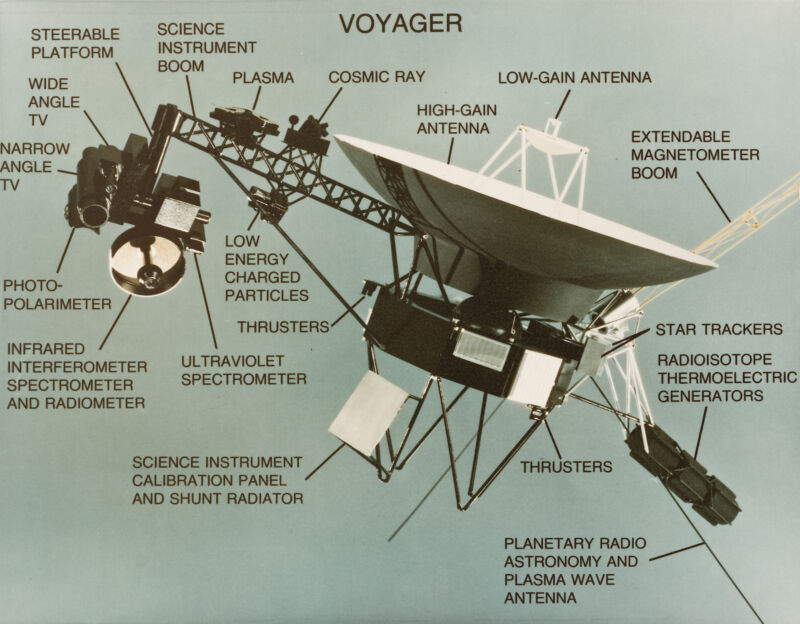


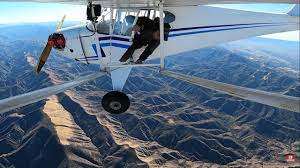
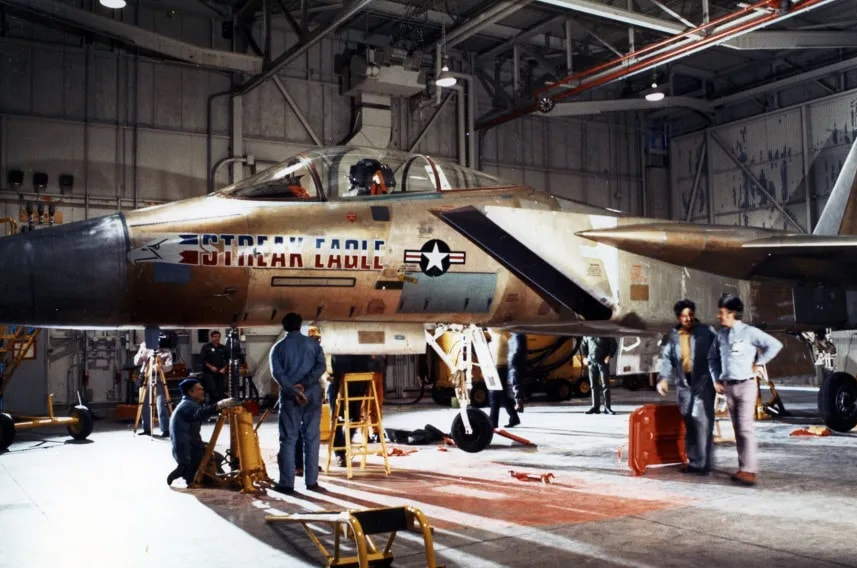

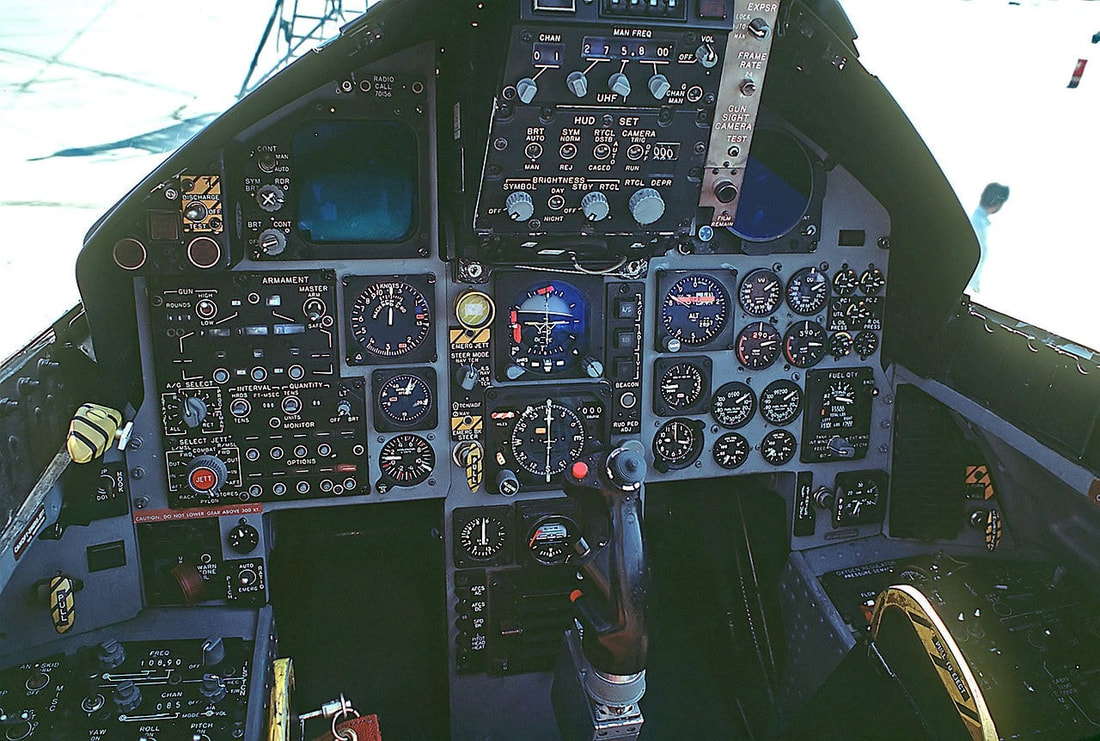

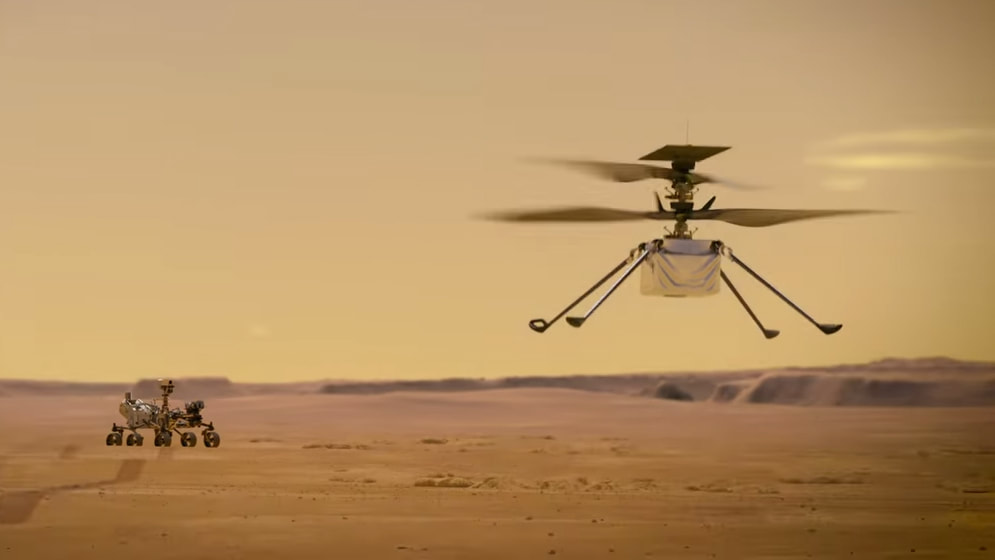
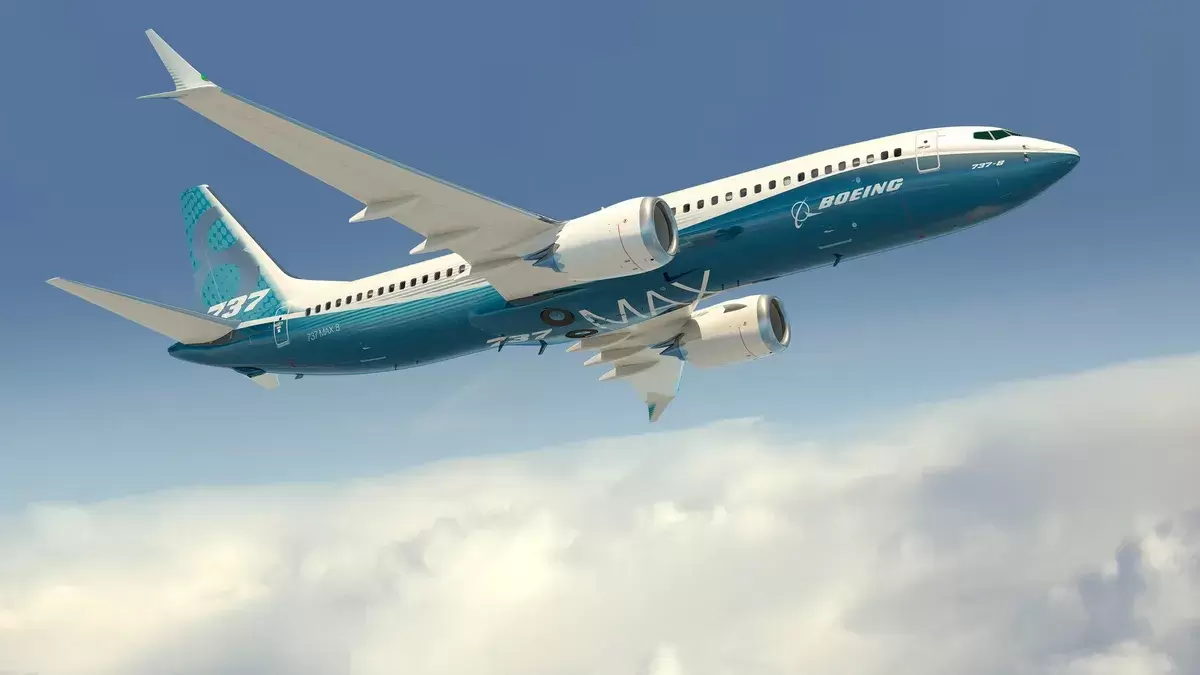

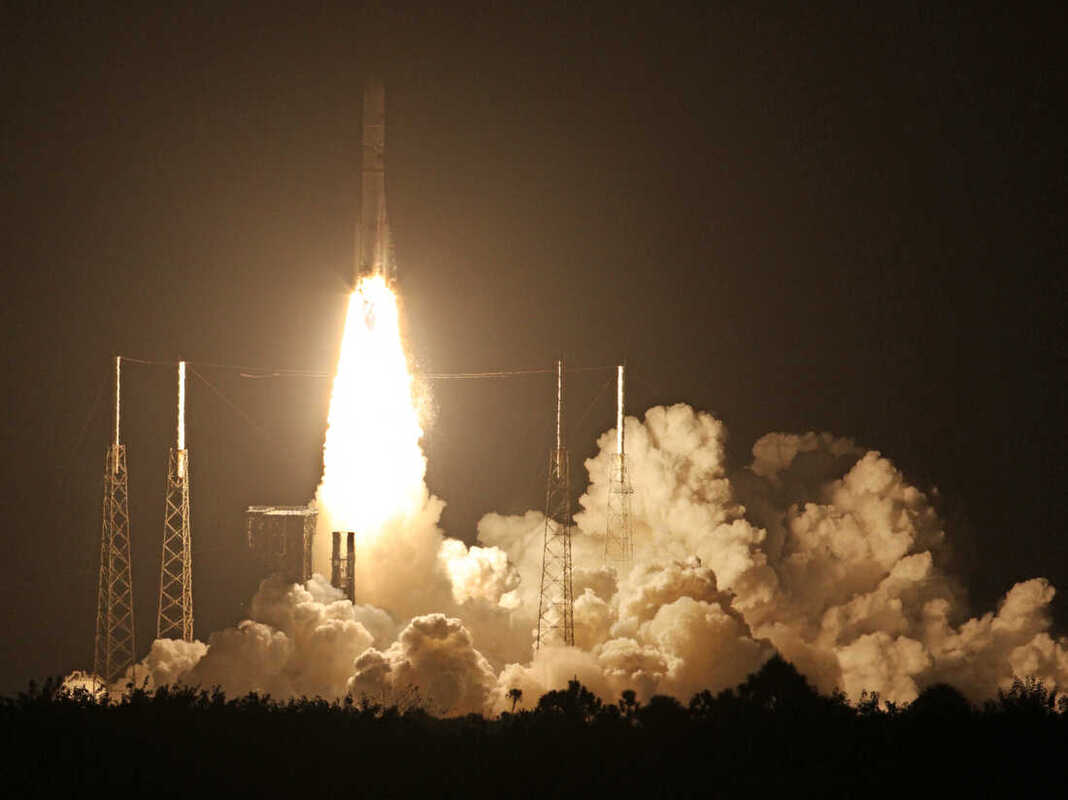
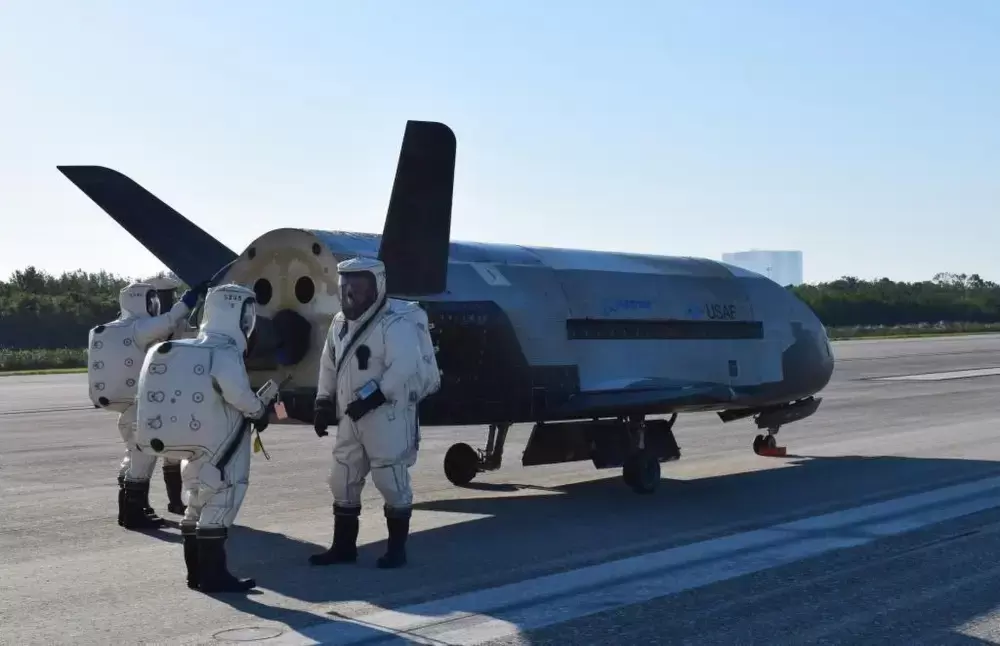
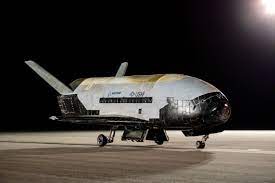
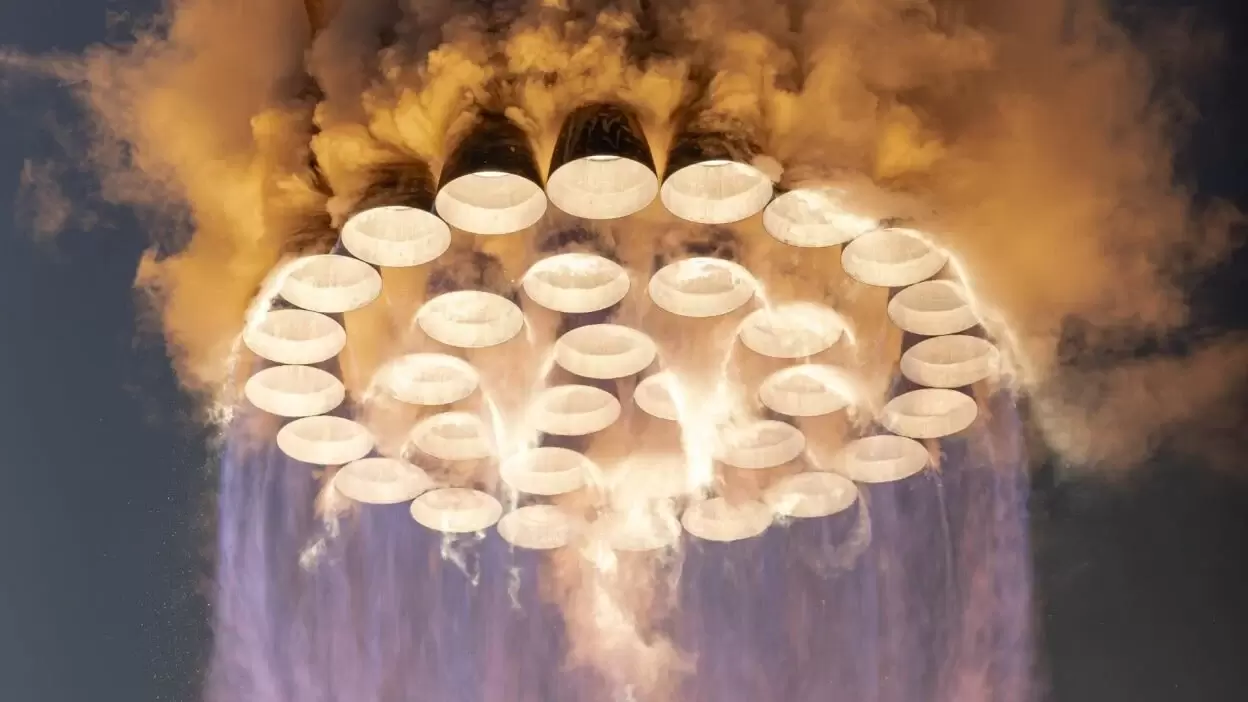
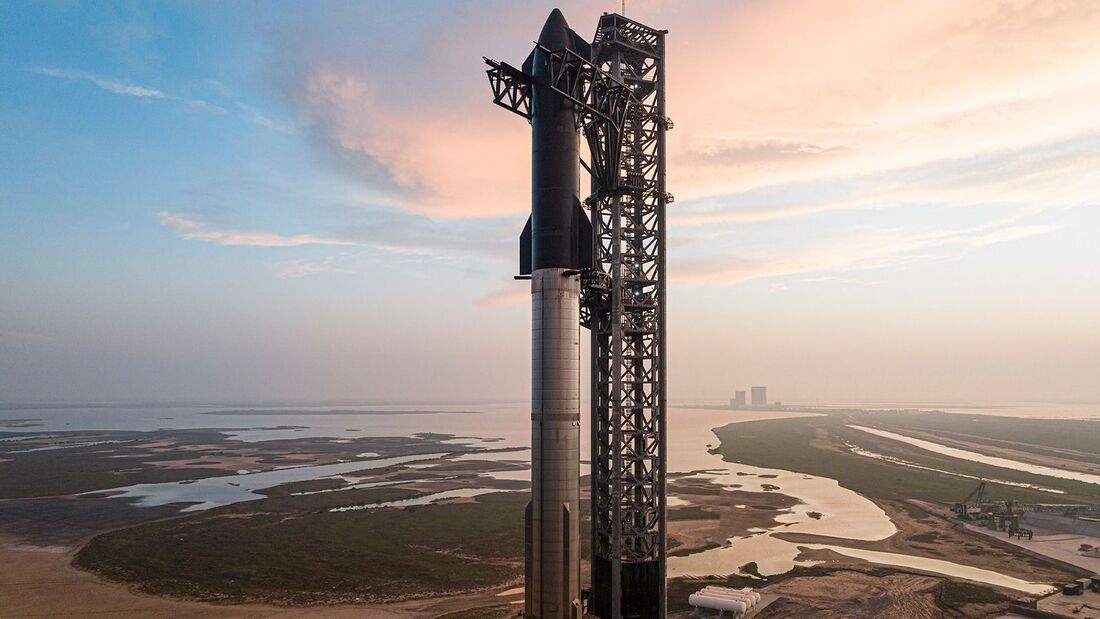
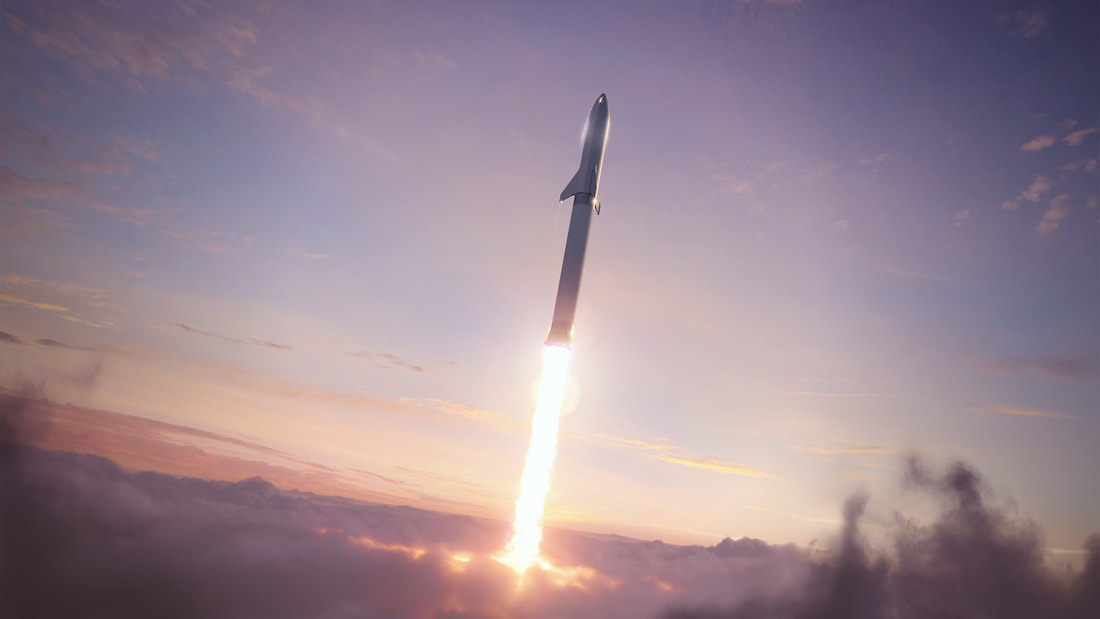
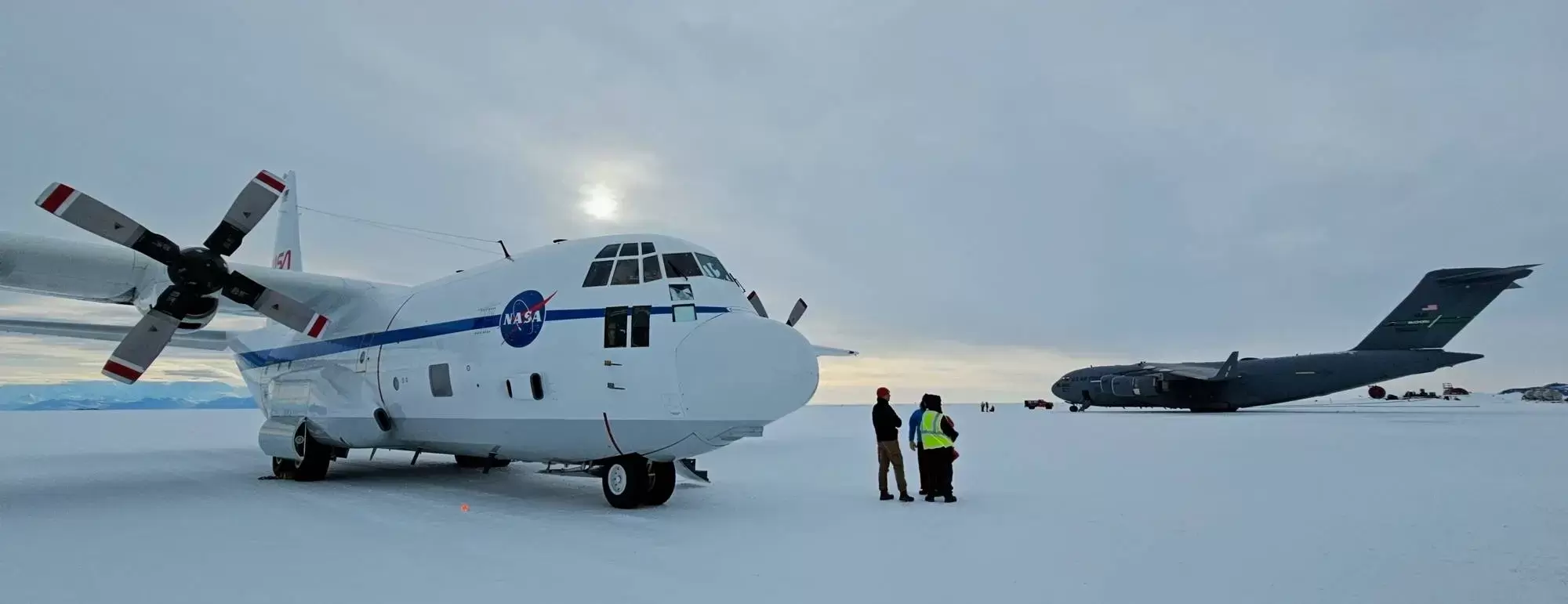
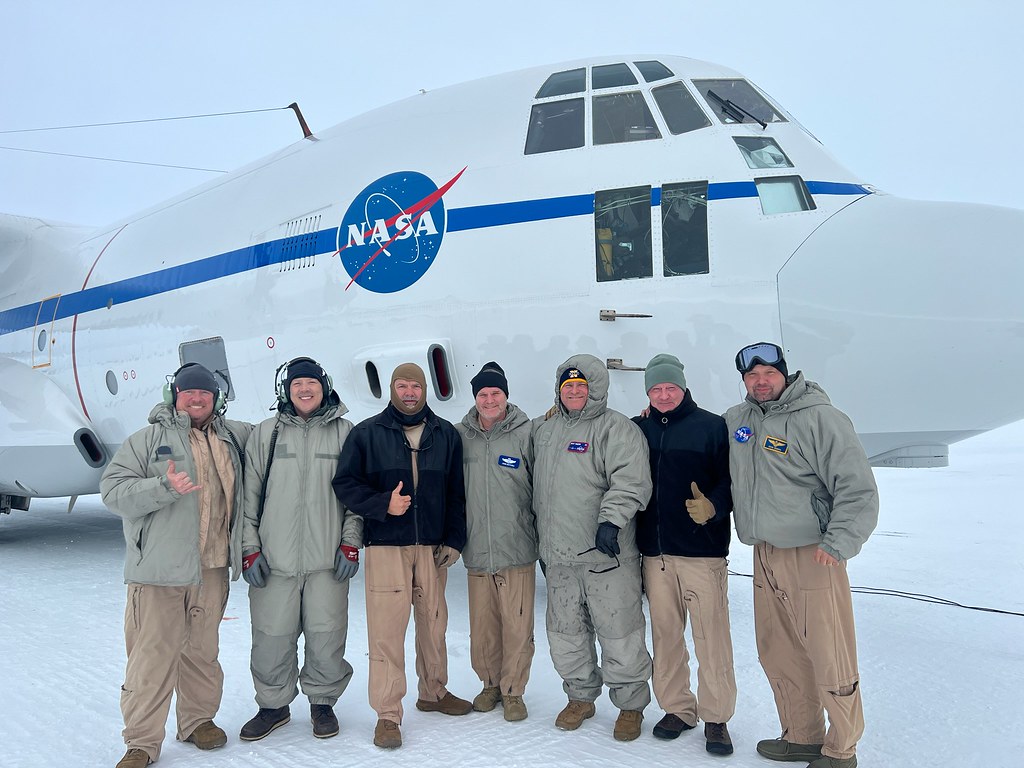
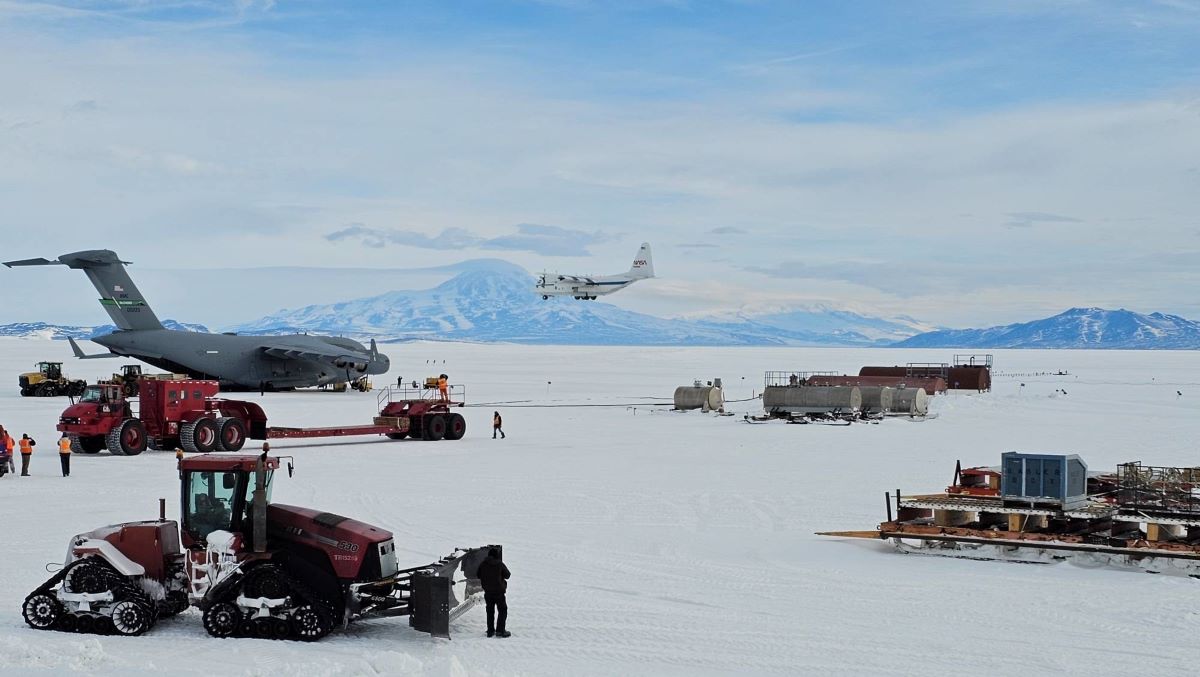
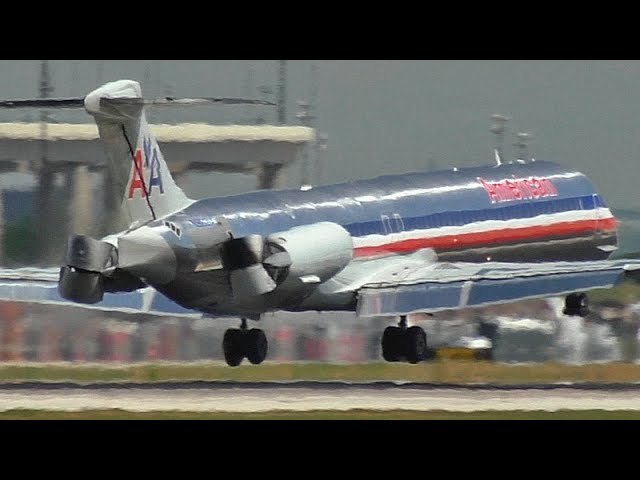

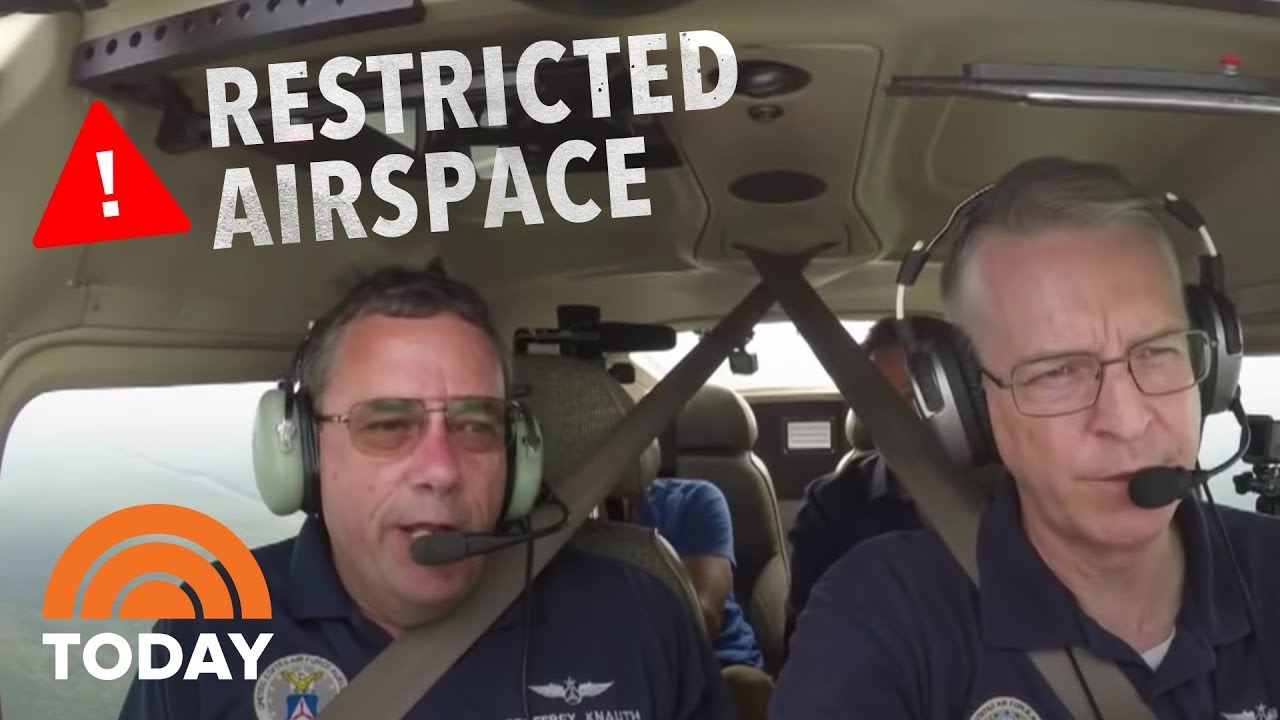

 RSS Feed
RSS Feed